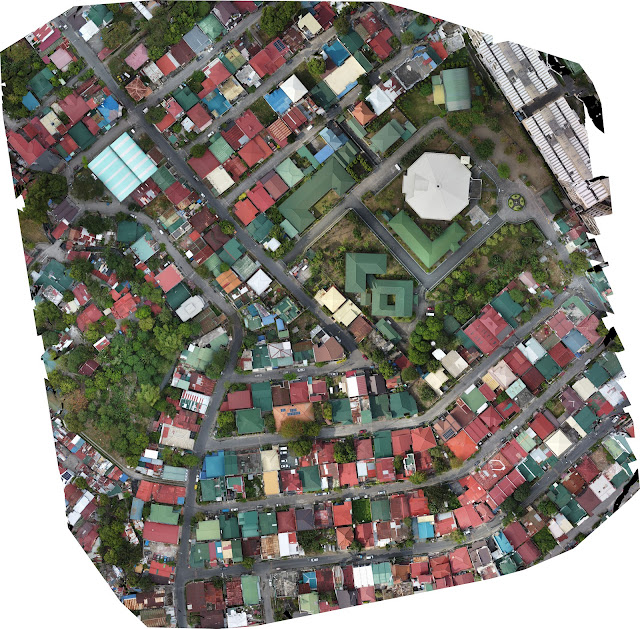Nikon SB-400 Speedlight Flash Features & Technical Specs
A COMPACT, LIGHTWEIGHT SPEEDLIGHT WITH INTUITIVE CONTROLS AND BOUNCE CAPABILITIES. PUT IT ON, TURN IT ON, SHOOT!
| Estimated Retail Price | $119.95 |
| Guide Number | 21 m/69 ft. (at ISO 100, 18mm zoom-head position, 20°C/68°F) to 30 m/98.4 ft. (at ISO 200, 18mm zoom-head position, 20°C/68°F) |
| Electronic Construction | Automatic Insulated Gate Bipolar Transistor (IGBT) and series circuitry |
| Flash Exposure Control | i-TTL Balanced Fill-Flash with CLS compatible cameras Manual Manual Flash (with Nikon Creative Lighting System digital and 35mm SLR cameras) Rear-curtain sync Red-eye reduction Red-eye reduction in Slow-sync Shooting options: FV Lock Flash Slow-sync |
| Lens Coverage | 18mm (DX-format) 27mm (on a Nikon F6) |
| Bounce Function (Tilt) | Flash head tilts up to 90° with click-stops at 0°, 60°, 75°, 90°. |
| Minimum Recycling Time | 2.5 sec. (approx.) with Ni-MH batteries 3.1 sec. (approx.) with Oxyride™ batteries 3.9 sec. (approx.) with Alkaline batteries 4.2 sec. (approx.) with Lithium batteries |
| Flash Duration | 1/300 sec. at M 1/1 (full) output. (Approx.) |
| Power ON/OFF | Turn the SB-400 on and off using the ON/OFF switch. |
| Required Power Source | Two 1.5V or lower (Alkaline-manganese, Lithium, Oxyride) batteries Two 1.2V 2600mAh (Ni-MH rechargeable) batteries |
| Optional Power Supply | No |
| Flash-ready Indicator | Blinks: insufficient light, insufficient battery power, incompatibility of camera with SB-400 or overheating. |
| Ready Light | Back |
| Minimum Number of Flashes / Recycling Time | 90/4–30 sec. (1000mAh NiCd) 140/3.9-30 sec. (1.5V Alkaline-manganese) 150/3.1-30 sec. (1.5V Oxyride™) 210/2.5-30 sec. (1.2V Ni-MH) 250/4.2-30 sec. (1.5V Lithium) |
| Wireless Communication Channels | NoChannels |
| Wireless Groups | No |
| Dimensions | 2.6 x 2.2 x 3.1 in. (66 x 56.5 x 80mm) |
| Weight (Approx. without batteries) | 4.5 oz. (128g) |
| Supplied Accessories | SS-400 Soft case |





Comments
Post a Comment